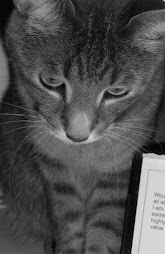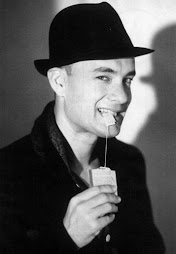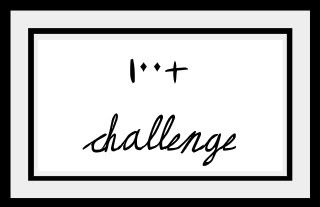
Tell Me a Secret
Holly Cupala

rating: 9 out of 10 "books"
“It’s tough, living in the shadow of a dead girl. No one mentions my sister. If they do, it’s mentioning her by omission, relief that I am nothing like her. I am the good sister. Thank God.” – Tell Me a Secret pg. 1
It’s been five years since Miranda Mathison’s bad girl sister, Xanda, died, but the mystery surrounding her death and the secret Xanda took to her grave still haunts Miranda. Now seventeen, the age Xanda was when she died, Miranda, or Rand, is dealing with some issues of her own. Her perfect life: an awesome boyfriend, perfect best friend, and promising future at art school after graduation, are all shaken up when two little pink lines on a pregnancy test threaten to destroy everything Rand has worked so hard for. To top it all off, the shaky relationship she’s had with her mother all her life, especially after the death of her “failure” of a sister, feels like it’s been permanently derailed after the news of her pregnancy leaks.
But the truth is, Rand has always wanted to be like Xanda. Maybe that’s why she surrounds herself with bad girl Delaney, and had isolated herself from her once best friend, Essence. So while all these bad things keep happening to her, Rand can’t help but obsess over the vagueness of Xanda’s death, and the secret truth that her parents might be keeping from her surrounding the way her sister died. The only problem is that it seems everyone has turned against Rand, her best friend and boyfriend included. With no one to talk to, not even her parents, Rand is completely on her own in terms of her pregnancy.
Talk about capturing the essence of high school! True, I’ve been out of high school for quite awhile now, but it felt like I was sucked right back into the drama of it all whilst reading this book. I for one, know how hard high school can be; how mean, manipulative, clique-y, and backstabbing (even your good friends!) can be. Cupala was able to capture all of the emotional angst and hardships that many teens face while pursuing secondary education, even more so, when you’re a soon-to-be teenage mother. I would never wish what happened to Rand in this story on anyone. And if you thought your mother was bad, wait until you get a load of Rand’s mom. In a somewhat related note, I also thought Holly Cupala did a really awesome job of representing (no offense my teenage friends!), the kind of ignorance young people have at that age, whereas, instead of going and finding out the facts for sure yourself, making a judgment call and abandoning your friend(s), boyfriend, or girlfriend based on what someone else told you. There was so many times when I wanted to yell at certain characters in the book because things were so obvious to me as an adult reader, and so easy to fix, but understandably confusing to a teen.
The only downside, that I was able to think of when it came to this story, was Xanda’s “secret.” Either the author was really unclear about what it actually was, or I just assumed one part of the story was the secret, but I was a little let down by Rand’s discovery as it related to Xanda. However, when all is said and done, I thought this was a really great book. It wasn’t just one of those “oh hey, another teenage pregnancy” kind of stories. I’ve read a lot of YA books in my time, and this was one of the few that really did YA right: no crazy/complicated love triangles, too mature for their age characters, or Gossip Girl-esque storylines. Holly Cupala definitely knows her stuff and I’m positive that if I had read this book in high school, I would have related to it even more than I just did a handful of years later. Go out and read this book!





















